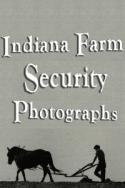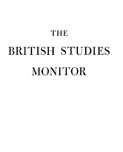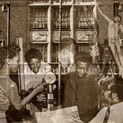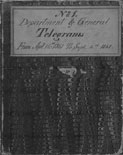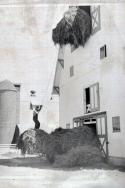Conner Prairie Traditional Crafts: Preservation and Reproduction
The preservation and continuation of traditional crafts and their skills are important to American culture. The Conner Prairie craft collection is usually limited to museum guests, scholars, and other specialized researchers. By digitizing the collection and making it widely accessible o the internet these historic artifacts and the important story they tell will be available to a mass audience, including teachers and students. This collection consists of Conner Prairie traditional crafts featuring pottery, armsmaking, and blacksmithing.

